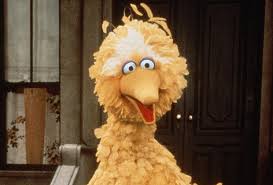Branding Isn’t About Fixing.
Many business and marketing efforts today are focused on “fixing what is broken.” The strategy starts out with:
“Today’s _________ are broken. They don’t serve the needs of their customers/clients. They’re designed to maximize profit, monopolize industries, and maintain the status quo.”
The words that follow are typically about the product category and the ways it underperforms against customer carte-abouts. This is marketing 101, traditional blocking and tackling and it’s all about fixing things.
Well the savvy brand planner doesn’t start out as a fixer. S/he starts out looking for the light. Not just the at end of the tunnel light, but light from the past and in the present. People like positive. Brands are about positive.
What do you think would have happened if Facebook launched the world’s most famous social media brand with “don’t likes” rather than “likes?” Xactly.
Positive isn’t the obverse of negative. It’s just positive. Be positive when brand planning and you will get to your idea in half the time.
Peace|



